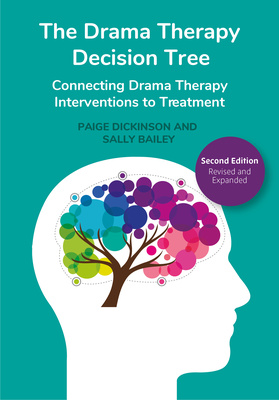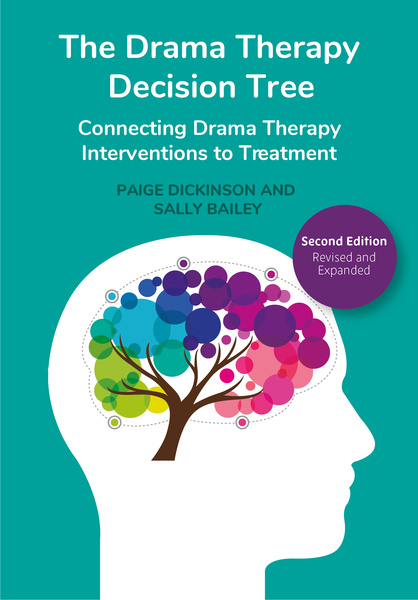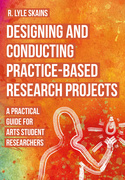The Drama Therapy Decision Tree, 2nd Edition (Book)
Connecting Drama Therapy Interventions to Treatment
Provides a model for therapeutic decision-making, uniting drama therapy interventions with diagnostic information, individual and group processes, psychological distance, the drama therapy pie, and global outcomes in a series of questions for early career drama therapists and other healing professionals. Fully revised and substantially expanded. 7 b&w illustrations.
Edition
This substantially revised and expanded edition of the The Drama Therapy Decision Tree provides an integrated model for therapeutic decision-making by uniting drama therapy interventions with diagnostic information, individual and group processes, psychological distance, the drama therapy pie, and global outcomes.
This book is a practical guide in four sections, not a checklist. Rather than using a standardized protocol that makes the decisions for the therapist, drama therapy is based on dynamic, embodied, creative action with participants in the here and now. Conscious planning on the part of the drama therapist before the session supports spontaneity and creativity, preparing them to make good therapeutic decisions in the moment during the session.
The opening section guides readers through the foundational principles leading readers into Section Two, The Decision Tree, which is a series of questions for early career drama therapists to ask themselves as they prepare treatment plans for clients. Diversity, Equity, and Ethics are covered in Section Three from the point of view of creative arts therapy practitioners. Section Four looks at Integrating the Five Phases of Treatment with the Drama Therapy Pie, following different populations (diagnosis) of clients through the five phases of group therapy in order to illustrate how the Decision Tree supports intervention choice in the different phases of treatment.
The authors strive to provide a common language for communicating what drama therapists do and how they do it in order to demystify drama therapy for other mental health and medical professionals. Using the decision tree as a guide, early career drama therapists can move forward confidently and ground their work with participants in an integrated system.
An online searchable database of drama therapy interventions provides descriptions, therapeutic outcomes addressed, and other useful information provides a wealth of additional supporting material. There is also a separate online resource of deroling activities.
The online resources can also be an asset for non-drama therapists who are wanting to incorporate a more active and embodied component safely into their work, particularly in terms of warm-ups, closure, and deroling.
Paige Dickinson, Ph.D., RDT/BCT is associate professor in the Creative Arts Collegium at Eckerd College in St. Petersburg, Florida, USA. Her research focus is on pedagogy and professional development in the field of Drama Therapy. She is the recipient of the John Satterfield Outstanding Mentor Award.
Sally Bailey, MFA, MSW, RDT/BCT is professor of theatre and director of the drama therapy program at Kansas State University, USA. She is a recipient of the North American Drama Therapy Association's Gertrud Schattner Award, Teaching Excellence Award, and Service Award.
Prologue
Acknowledgements
Section One: Foundations
- Foundational Principles of the Therapeutic Process
- Foundational Principles of Drama Therapy
- Foundation of Diagnoses and Global Functioning
Section Two: The Drama Therapy Decision Tree
- A Systematic Method of Drama Therapy Treatment Planning
- A Systematic Method for Choosing Drama Therapy Interventions
- A Systematic Method for Drama Therapy Treatment Evaluation
Section Three: Diversity and Ethical Considerations
- Diversity: Cultural Competence, Adaptations and Accommodations
- Ethics
Section Four: Integrating the Five Phases of Treatment with the Drama Therapy Pie
- Addressing the Needs and Goals of Phase One: Schizophrenia Spectrum
- Addressing the Needs and Goals of Phase Two: Post Traumatic Stress Disorder
- Addressing the Needs and Goals of Phase Three: Autism Spectrum Disorder
- Addressing the Needs and Goals of Phase Four: Prolonged Grief Disorder
- Addressing the Needs and Goals of Phase Five: Substance Use Disorder
Appendix: The Drama Therapy Decision Tree
References
Index














